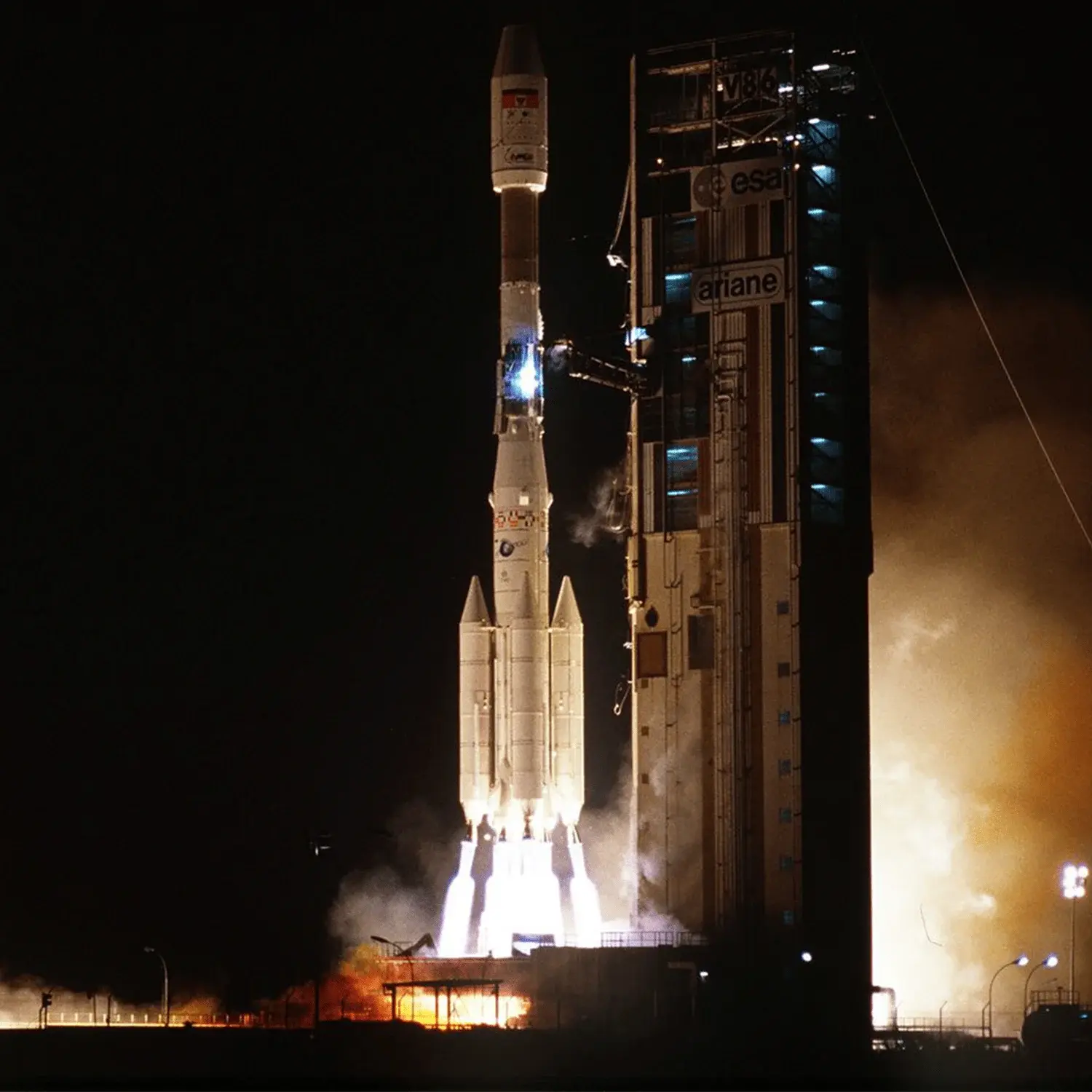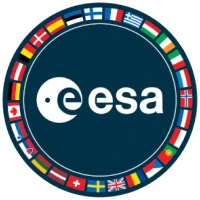Italsat F2 & Télécom 2D
Launch Success
Liftoff Time (GMT)
22:49:00
Thursday August 8, 1996
Mission Details
Launch Notes
Flight V90.
Italsat F2
Italy's first operational communications satellite was launched on 15 January 1991 by an Ariane-44L H10 booster. Developed by a contractor team led by Alenia Spazio, Italsat carries ten active transponders plus five spares for 30/20 GHz and 50/40 GHz links with a capacity of 12,000 telephone circuits. The 900 kg (on-station) spacecraft consists of a rectangular bus 2.3 m by 2.7 m by 3.5 m and two solar panels with a total span of 21.8 m and generates more than 1.5 kW of power. The design life for the first test vehicle is only five years, increased to 8 for the second Italsat. Italsat 2 was launched in 1996 by an Ariane-44L H10-3. It also carries ESA's first European Mobile Services (EMS) payload. Italsat 2 was undergoing environmental testing in France in late 1994. Italsat 1 is stationed at 13.2 degrees E, also the home of Italsat 2.
Geostationary Transfer Orbit
2 Payloads
1,983 kilograms
Télécom 2D
The second generation Telecom spacecraft debuted on 16 December 1991 as Telecom 2A and was followed on 15 April 1992 by Telecom 2B. This new series of more capable spacecraft was designed and manufactured jointly by Matra Marconi and Alcatel Espace and is based on the Matra-British Aerospace Eurostar-2000 2.0 m × 2.1 m × 2.0 m satellite bus. On-orbit mass of Telecom 2 is 1380 kg with a payload mass of 400 kg. The twin solar panels span 22 m and provide an excess of 3.6 kW with 2.5 kW available for the payload. The design life is 10.25 years. The Telecom 2 communications package includes ten 6/4 GHz transponders with four spares for telephone and television relays, six 8/7 GHz transponders with three spares for the military Syracuse II payload, and 11 14/12 GHz transponders with four spares for television, data transmission, and teleconference. When completed the Telecom 2 constellation will be deployed at 8 degrees W, 5 degrees W, and 3 degrees E. At the end of 1994 Telecom 2A and 2B were stationed at 8 degrees W and 5 degrees W, respectively. Telecom 2C was launched in 1995 with Telecom 2D followed in 1996.
Geostationary Transfer Orbit
1 Payload
2,263 kilograms
Rocket


Manufacturer
ESARocket
Diameter: 3.8m
Height: 58.72m
Payload to Orbit
GTO: 4,720 kg
Liftoff Thrust
6,000 Kilonewtons
Stages
3
Strap-ons
4
Launch Site
Stats
Ariane 4
61st
Mission
8th
Mission of 1996
European Space Agency
80th
Mission
8th
Mission of 1996
1996
48th
Orbital launch attempt